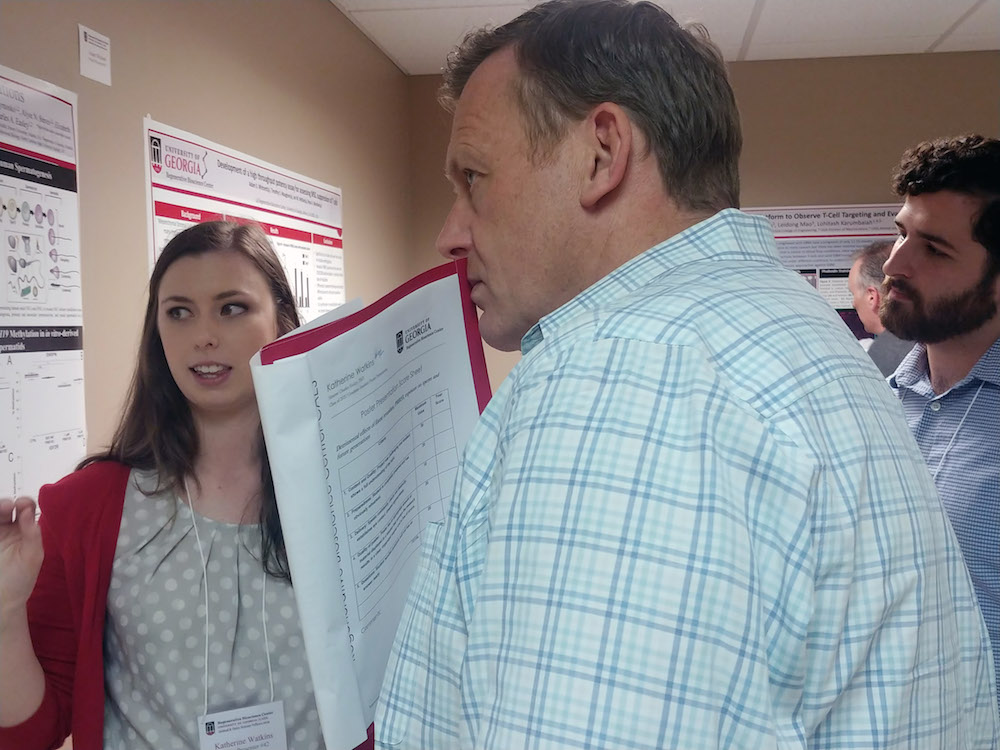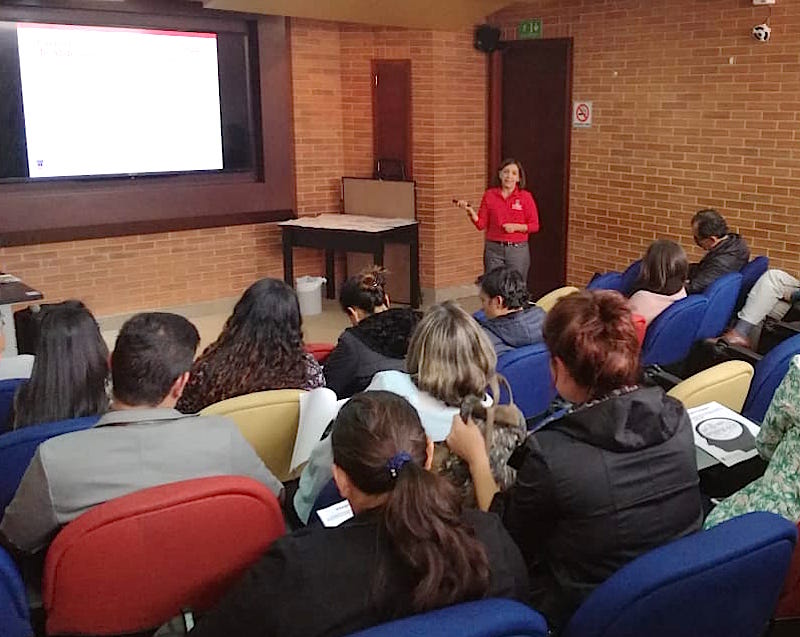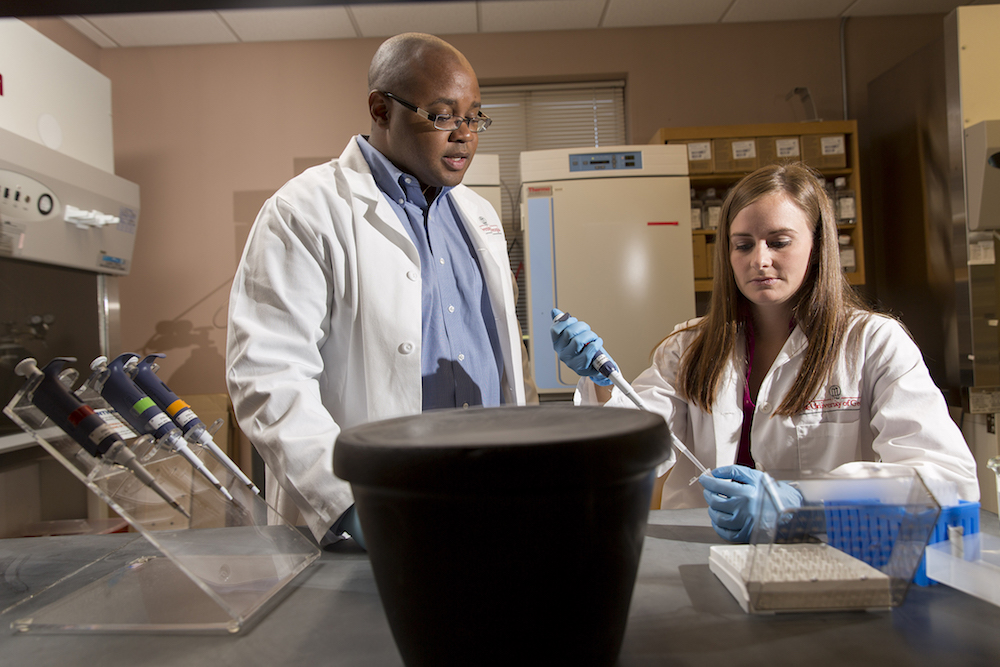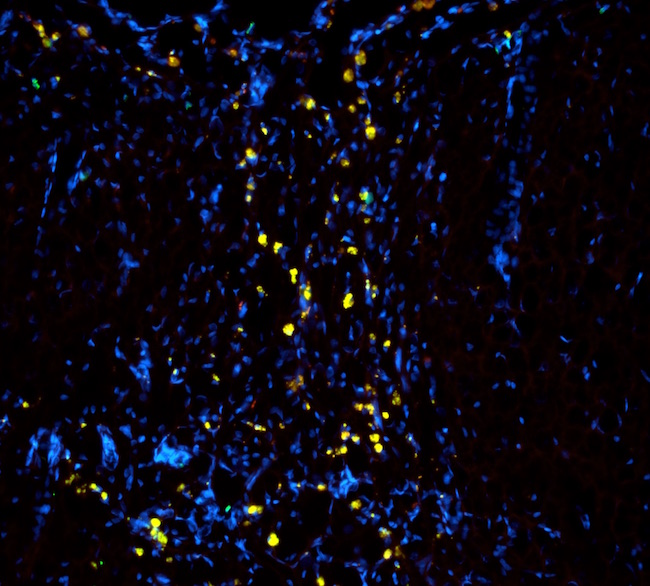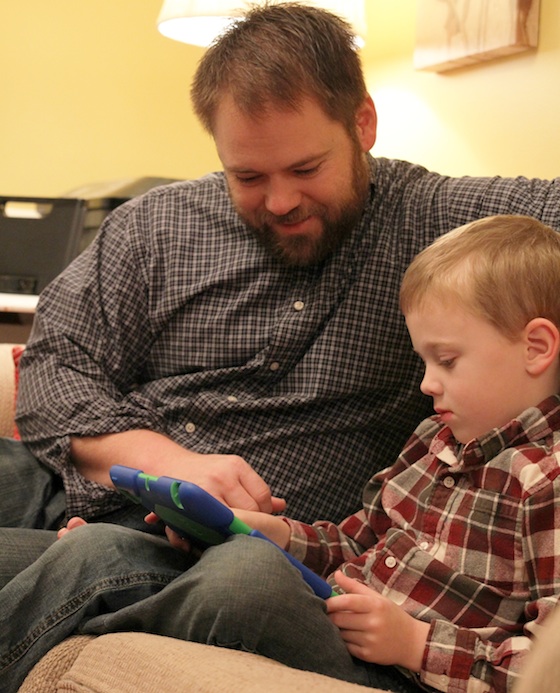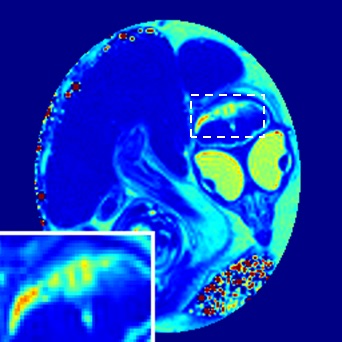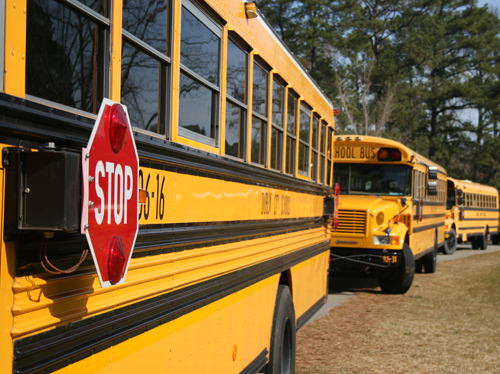 CAES News
CAES News
Back to School
While Georgia’s school kids are just getting into the swing of summer break, specialists with University of Georgia Cooperative Extension, Georgia 4-H and the UGA College of Family and Consumer Sciences are preparing for August.

